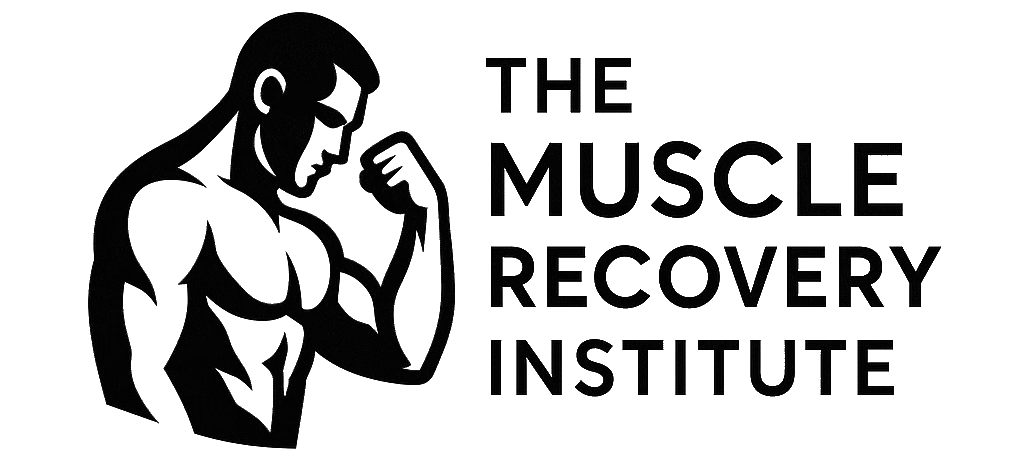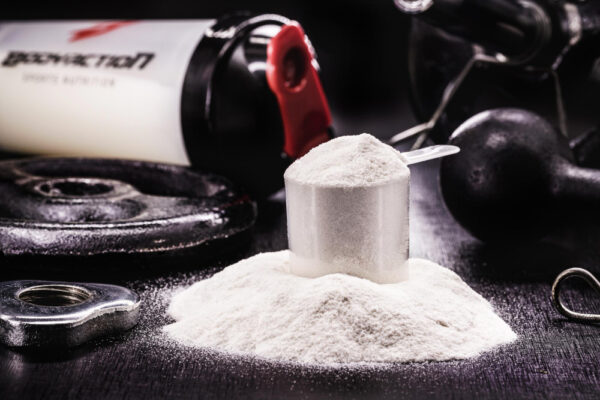Pushing your body to its limits during intense workouts is a crucial step in achieving your fitness goals. However, the work doesn’t stop when your last rep is complete. In fact, the post-workout window is a critical time for your body to repair, rebuild, and adapt, ultimately determining your progress and ability to consistently perform at your best. Neglecting this crucial phase can lead to prolonged muscle soreness, decreased performance in subsequent workouts, and hindered long-term gains. Fortunately, science-backed strategies and targeted nutrition can significantly optimize your post-workout recovery. Among the most effective tools in your recovery arsenal is whey protein hydrolysate, a rapidly absorbed form of protein that can kickstart the muscle repair process and get you ready for your next challenge.
The Importance of Post-Workout Recovery: More Than Just Soreness Relief:
Post-workout recovery is far more than simply alleviating muscle soreness. It’s a complex physiological process that involves several key aspects:
- Muscle Repair and Growth: During intense exercise, muscle fibers experience microscopic tears. Post-workout nutrition, particularly protein, provides the necessary building blocks (amino acids) to repair this damage and synthesize new muscle tissue, leading to hypertrophy (muscle growth) over time.
- Glycogen Replenishment: Your body utilizes glycogen (stored carbohydrates) as a primary fuel source during workouts. Replenishing these glycogen stores post-exercise is crucial for energy recovery and preventing fatigue in subsequent sessions.
- Inflammation Management: Exercise naturally causes inflammation. While some inflammation is necessary for adaptation, excessive or prolonged inflammation can hinder recovery. Proper nutrition and rest can help manage this process.
- Hormonal Optimization: The post-workout period is influenced by various hormones that play a role in recovery and muscle building. Providing the right nutrients can help optimize this hormonal environment.
- Readiness for Subsequent Training: Effective recovery ensures that your body is adequately prepared for your next workout, allowing you to maintain training intensity and consistency, which are key drivers of long-term progress.

Why Whey Protein Hydrolysate Stands Out for Post-Workout Recovery:
Among the various types of protein available, whey protein hydrolysate is particularly advantageous for post-workout recovery due to its unique properties:
- Rapid Absorption: Hydrolysation is a process that breaks down larger protein molecules into smaller peptides and free amino acids. This pre-digestion significantly speeds up absorption in the gut, allowing amino acids to reach your muscles quickly when they need them most – in the immediate post-workout window.
- High Bioavailability: Due to its rapid absorption and efficient digestion, a higher percentage of the consumed protein is actually utilized by your body for muscle repair and synthesis.
- Insulinogenic Response: Whey protein, including hydrolysate, has been shown to stimulate insulin release. While often associated with carbohydrates for glycogen replenishment, insulin also plays a role in transporting amino acids into muscle cells, further aiding recovery.
- Branched-Chain Amino Acid (BCAA) Rich: Whey protein is naturally rich in BCAAs (leucine, isoleucine, and valine), which are crucial for muscle protein synthesis and reducing muscle breakdown. Hydrolysate delivers these key amino acids rapidly.
- Easier Digestion for Some: Individuals who experience digestive discomfort with other forms of protein may find whey protein hydrolysate easier to tolerate due to its pre-digested nature.
How to Incorporate Whey Protein Hydrolysate for Optimal Recovery:
The timing and dosage of your post-workout protein intake are crucial for maximizing recovery benefits:
- The Anabolic Window: While the concept of a strict “anabolic window” immediately after exercise has been nuanced by research, consuming protein within 1-2 hours post-workout is still generally recommended to capitalize on increased muscle sensitivity to nutrients.
- Dosage: Aim for around 20-40 grams of high-quality protein post-workout. The exact amount may vary based on your individual body weight, training intensity, and fitness goals.
- Combine with Carbohydrates: For optimal glycogen replenishment and insulin response, consider consuming your whey protein hydrolysate with a source of fast-digesting carbohydrates, especially after prolonged or intense endurance exercise.
- Mixability and Taste: Whey protein hydrolysate is generally highly soluble and mixes easily with water or other beverages. While some may find the taste slightly more bitter than other whey protein forms due to the hydrolysis process, many high-quality products utilize flavoring to improve palatability.
Beyond Protein: Complementary Strategies for Enhanced Recovery:
While whey protein hydrolysate is a powerful tool, a comprehensive recovery strategy involves more than just protein intake:
- Active Recovery: Light activity like walking or cycling can help improve blood flow and reduce muscle soreness.
- Proper Hydration: Replenishing fluids lost during exercise is crucial for all bodily functions, including muscle recovery.
- Adequate Sleep: Sleep is when the majority of muscle repair and growth occurs. Aim for 7-9 hours of quality sleep per night.
- Strategic Carbohydrate Intake: Replenishing glycogen stores is essential, especially after prolonged or high-intensity exercise.
- Consider Other Supplements: Depending on your individual needs and goals, supplements like creatine, BCAAs, or glutamine may also play a role in recovery.
Conclusion: Fueling Your Body for Continuous Progress, Optimizing post-workout recovery is not an afterthought; it’s an integral component of any effective training program. By understanding the science behind muscle repair and glycogen replenishment, and by strategically incorporating rapidly absorbed whey protein hydrolysate into your post-workout nutrition, you can significantly enhance your recovery, reduce muscle soreness, and ultimately unlock your peak athletic performance. Fuel your body wisely, listen to its needs, and make recovery a priority to ensure consistent progress towards your fitness goals.
Affiliate Information
Muscle Recovery Institute may receive a small commission from purchases made through affiliate links on this page, at no additional cost to you. These commissions help support our mission to empower athletes and fitness enthusiasts with informational tools, workshops, and evidence-based strategies for muscle recovery and performance optimization.
Our goal is to equip individuals with the practical knowledge needed to enhance recovery, improve performance, and support long-term health. By supporting these affiliate links, you’re helping us expand access to valuable recovery resources and initiatives that foster healthier, stronger communities.
Thank you for being part of a movement that prioritizes well-being and athletic growth.



